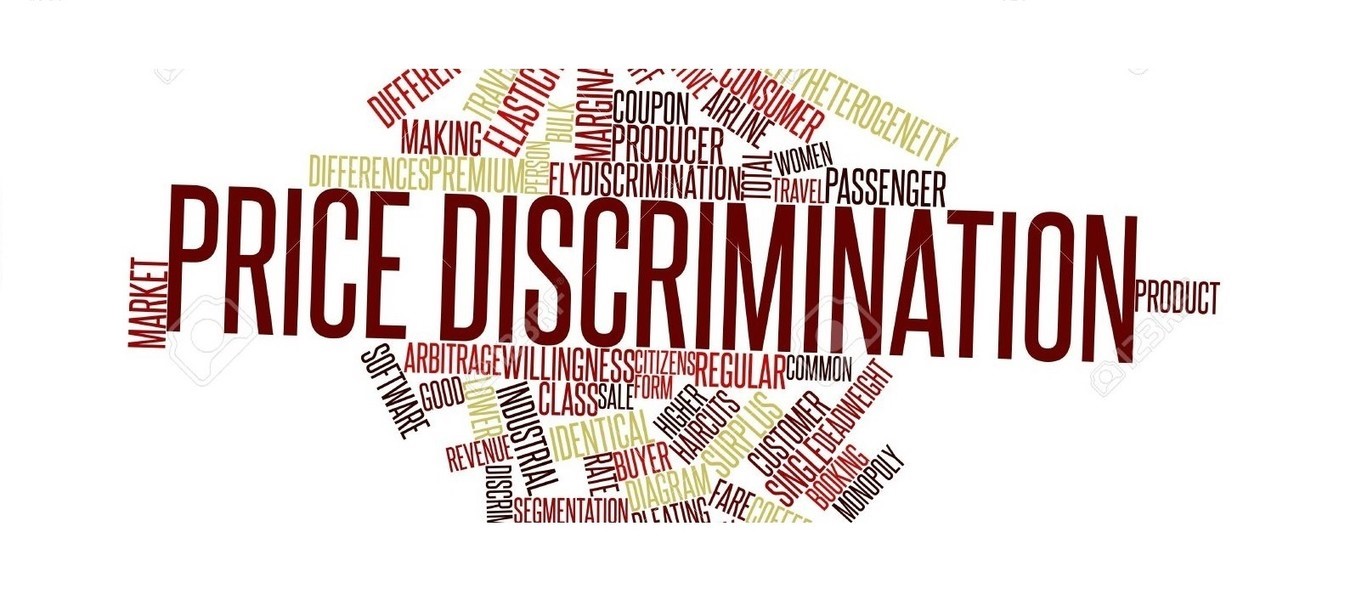Price Perception And How to Manage It
 PriceBeam
·
2 minute read
PriceBeam
·
2 minute read

We use the term ‘price perception’ to describe how customers perceive your price level. Obvious, right? But the term makes an important distinction between your actual price level and the one that customers perceive. As with many other things, perception is sometimes much different than reality, and in pricing, all that matters at the end of the day is perception.
If you have the lowest general price level, but customers find your products expensive, what’s the use? If you’re incredibly “well-behaved”, don’t exercise any price discrimination practices whatsoever, but customers still find you treat them unfairly, then what?
In this article, we’re going to focus on price perception - in particular, how to create a perception of low prices. First, we should note that your actual price level is, indeed, an important component in price perception; it would be impossible for Louis Vuitton to create a low price perception, and similarly, Walmart can’t create a perception of being a premium retailer.
What we are going to concern ourselves with is how to create a gap between actual prices and how the price level is perceived.
Key Value Items (KVI)
In order to manage how your prices are perceived, you need to identify Key Value Items (KVI). KVCs and KVIs are categories and items whose prices customers notice and remember. There are certain product groups and product types that customers are more inclined to (subconsciously) consider when estimating price levels.
Key Value Items are those that frequently bought, and often by price-sensitive customers. For example, 2L coke bottles; for one, this is an item that is purchased quite frequently, and secondly, it’s an item that is supposed to deliver good value. Consequently, customers are often confronted with the price (every time they purchase it), and since it’s supposed to deliver good value, price sensitive customers will remember how its price compares to other supermarkets.
Secondly, you want to consider if the item leads to additional purchases of non-KVI items. Some items can be infrequently purchased, but still be a key value item; for a hypermarket, a coffee machines rarely features in the customer’s basket; but it can still be a key value item if it turns out that customers that buy coffee machines will buy coffee beans, coffee pods, filters and cleaning powder with it. Or a bucket of paint, which typically leads to the purchase of paintbrushes, spackle, sand paper, painter’s tape and canvas tarp.
The Data
Key value items should be identified from customer data rather than intuition. In particular, it is important to look at data from price sensitive customers as these are the ones that will remember your prices (Read how to measure price sensitivity here). Remember, it’s about making a low price perception, and you don’t want to compromise your margins on products just because they are frequently bought; for example, a half-litre coke bottle is a frequently bought item, but typically not one that drives price perception whatsoever; for one, customers know this is not a good-value item in general, and secondly, price sensitive customers won’t buy this product, but go for the 2L bottle.
Example from Amazon
Amazon is a firm which has been tremendously successful in creating a low-price perception, despite not offering the lowest prices. Often, it appears that Amazon is undercutting competition, but it is not always the case; for example, on Black Friday Amazon lowered the price of its $350 Samsung TV by $100, selling it at $250, well below the competition. But in the same instance, Amazon raised prices on HDMI cables and other complementary products. Amazon knew that shoppers on Black Friday go for the best bargain; in other words, they are extremely price conscious. Secondly, they realized that the TV played a crucial role in winning over the customer from the competition, whereas small, insignificant complementary products did not.
And this is just one example; Amazon uses its customer data to change millions of prices daily, and creating a low price perception is one of the objectives.
.png?width=400&height=100&name=PBLogoTransparent%20(1).png)




